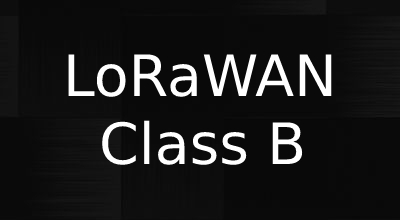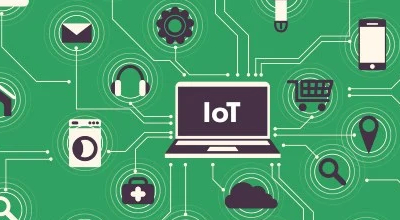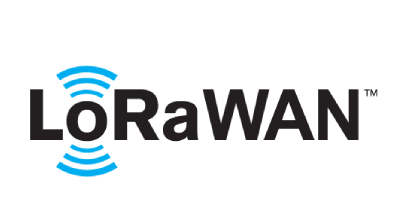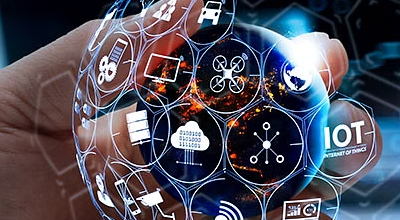
Revolutionizing Healthcare with NB-IoT
NB-IoT, or Narrowband Internet of Things, is a low-power, wide-area network (LPWAN) technology that allows for the connection of a large number of devices over a long range with minimal power consumption. In the healthcare industry, NB-IoT has the potential to revolutionize the way that healthcare is delivered, making it more accessible, efficient, and cost-effective.
One of the main benefits of NB-IoT in the healthcare industry is its ability to enable remote monitoring and telemedicine. With NB-IoT, healthcare providers can remotely monitor the vital signs and other health data of patients, allowing for early detection of any potential issues and prompt interventions. This can be especially useful for patients with chronic conditions, such as diabetes or heart disease, who may require frequent monitoring.
In addition to remote monitoring, NB-IoT can also be used to facilitate telemedicine consultations, allowing patients to receive medical care from the comfort of their own home. This can be especially beneficial for patients who live in rural areas or who have mobility issues that make it difficult for them to travel to a healthcare facility.
Another benefit of NB-IoT in the healthcare industry is its ability to improve supply chain management. With the help of IoT-enabled devices, healthcare providers can track the movement and location of medical supplies in real-time, ensuring that they are available when and where they are needed. This can help to reduce waste and improve efficiency in the healthcare system.
In addition to these benefits, NB-IoT can also be used to improve the accuracy and efficiency of clinical trials. With the help of IoT-enabled devices, researchers can collect more accurate and reliable data, which can help to speed up the development of new treatments and therapies.
Despite the many benefits of NB-IoT in the healthcare industry, there are also some challenges and considerations to be aware of. One of the main challenges is the need to ensure the security and privacy of patient data. With the increasing use of IoT-enabled devices in healthcare, there is a risk that sensitive medical information could be accessed by unauthorized parties. To address this issue, it is important for healthcare providers to implement strong security measures and to ensure that they are in compliance with relevant regulations and standards.
Another challenge is the need to ensure that NB-IoT systems are reliable and scalable. As the number of connected devices increases, it is important for healthcare providers to have systems in place that can handle the increased volume of data and ensure that the network remains stable.
Despite these challenges, the potential benefits of NB-IoT in the healthcare industry are significant and it is likely that we will see an increasing adoption of this technology in the coming years. From enabling remote monitoring and telemedicine to improving supply chain management and clinical trials, NB-IoT has the potential to revolutionize the way that healthcare is delivered and make it more accessible, efficient, and cost-effective.



